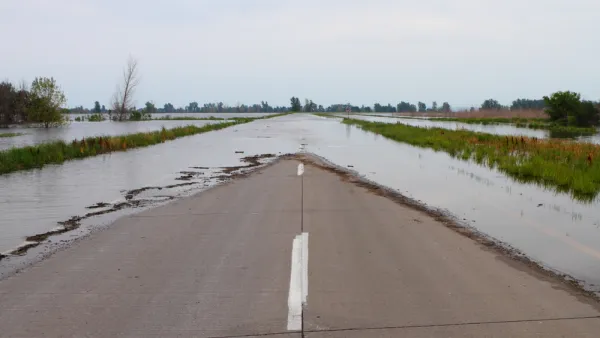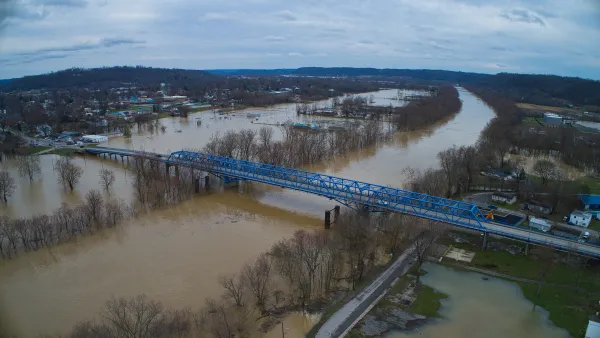In blacked-out Manhattan, recovery is slow, if not entirely absent. To help fill the void left by public agencies, a self-organized recovery effort is trying to help those left behind, with the assistance of technology.
Anya Kamenetz reports on the increasingly desperate situation in New York's high-rise public housing buildings, where residents that couldn't evacuate before the storm had been without power or water since Monday night. At a building on Mahnattan's Lower East Side she joined a group of volunteers who had seen "a notice on a website,
got an email, or saw a Tweet that volunteers were needed at 46 Hester
Street on the Lower East Side, where a local Asian community
organization called CAAAV has become the hub for an almost completely self-organized aid effort."
"On each floor above the fourth we find elderly and sick people who have
been unable or afraid to venture out since the start of the storm," says Kamenetz. "'I've
fallen down twice--that was enough for me,'" says Estelle Kleinhaus, a
white-haired woman on the 12th floor who lives alone. They need food,
drinking water, and medication. More able-bodied residents have been
filling buckets at a hydrant outside in order to flush toilets."
"The lack of an official, coordinated door-to-door response here in
downtown, close to some of the most affluent neighborhoods in the
country, is a bit chilling...If you were going to target people most likely
to need help when the power and water is out, it would be the elderly
residents of high-rise towers like the ones that surround us."
FULL STORY: What’s Really Happening In Blacked-Out Manhattan

National Parks Layoffs Will Cause Communities to Lose Billions
Thousands of essential park workers were laid off this week, just before the busy spring break season.

Retro-silient?: America’s First “Eco-burb,” The Woodlands Turns 50
A master-planned community north of Houston offers lessons on green infrastructure and resilient design, but falls short of its founder’s lofty affordability and walkability goals.

Delivering for America Plan Will Downgrade Mail Service in at Least 49.5 Percent of Zip Codes
Republican and Democrat lawmakers criticize the plan for its disproportionate negative impact on rural communities.

Test News Post 1
This is a summary

Test News Headline 46
Test for the image on the front page.

Balancing Bombs and Butterflies: How the National Guard Protects a Rare Species
The National Guard at Fort Indiantown Gap uses GIS technology and land management strategies to balance military training with conservation efforts, ensuring the survival of the rare eastern regal fritillary butterfly.
Urban Design for Planners 1: Software Tools
This six-course series explores essential urban design concepts using open source software and equips planners with the tools they need to participate fully in the urban design process.
Planning for Universal Design
Learn the tools for implementing Universal Design in planning regulations.
EMC Planning Group, Inc.
Planetizen
Planetizen
Mpact (formerly Rail~Volution)
Great Falls Development Authority, Inc.
HUDs Office of Policy Development and Research
NYU Wagner Graduate School of Public Service





























